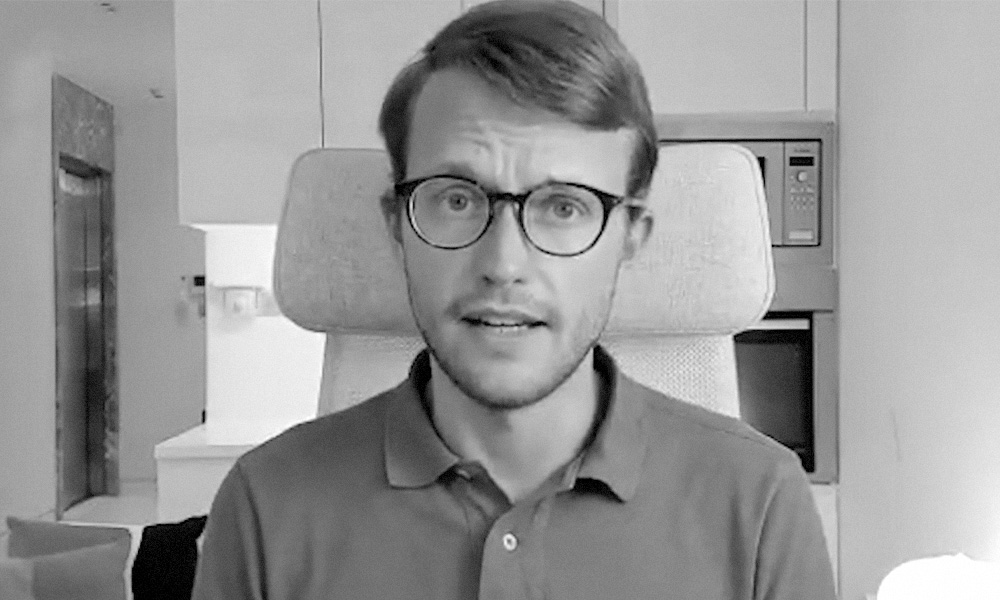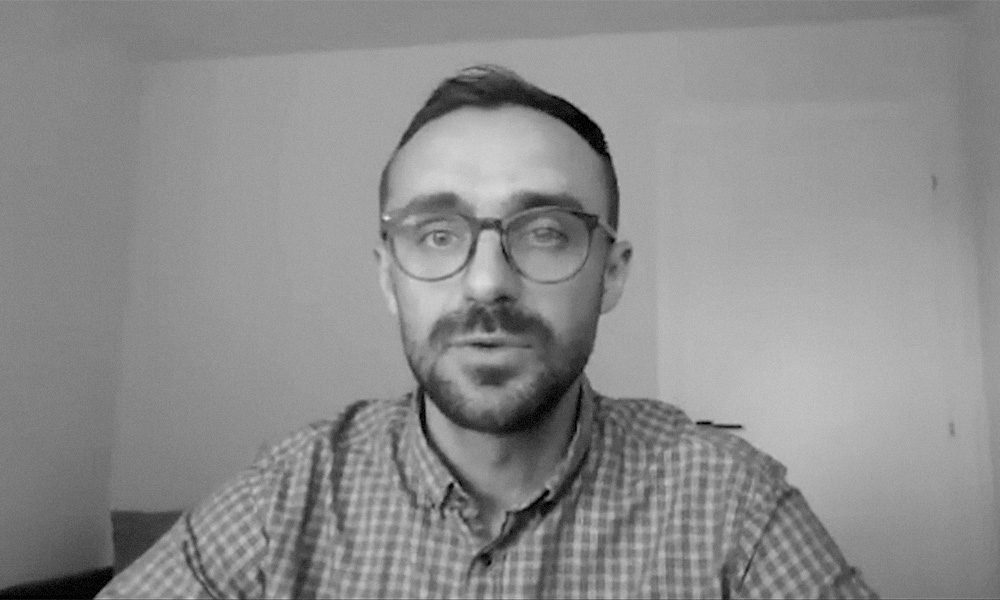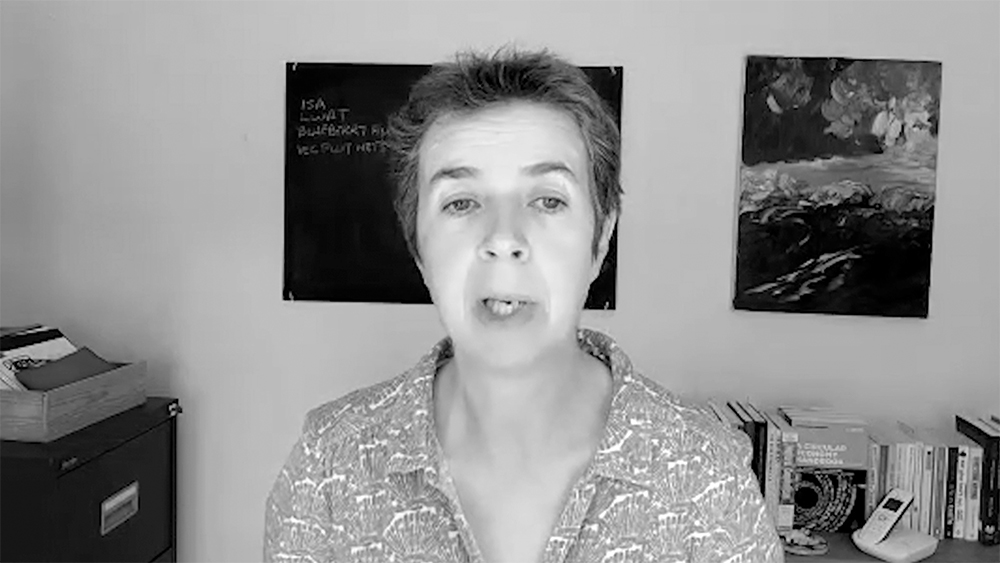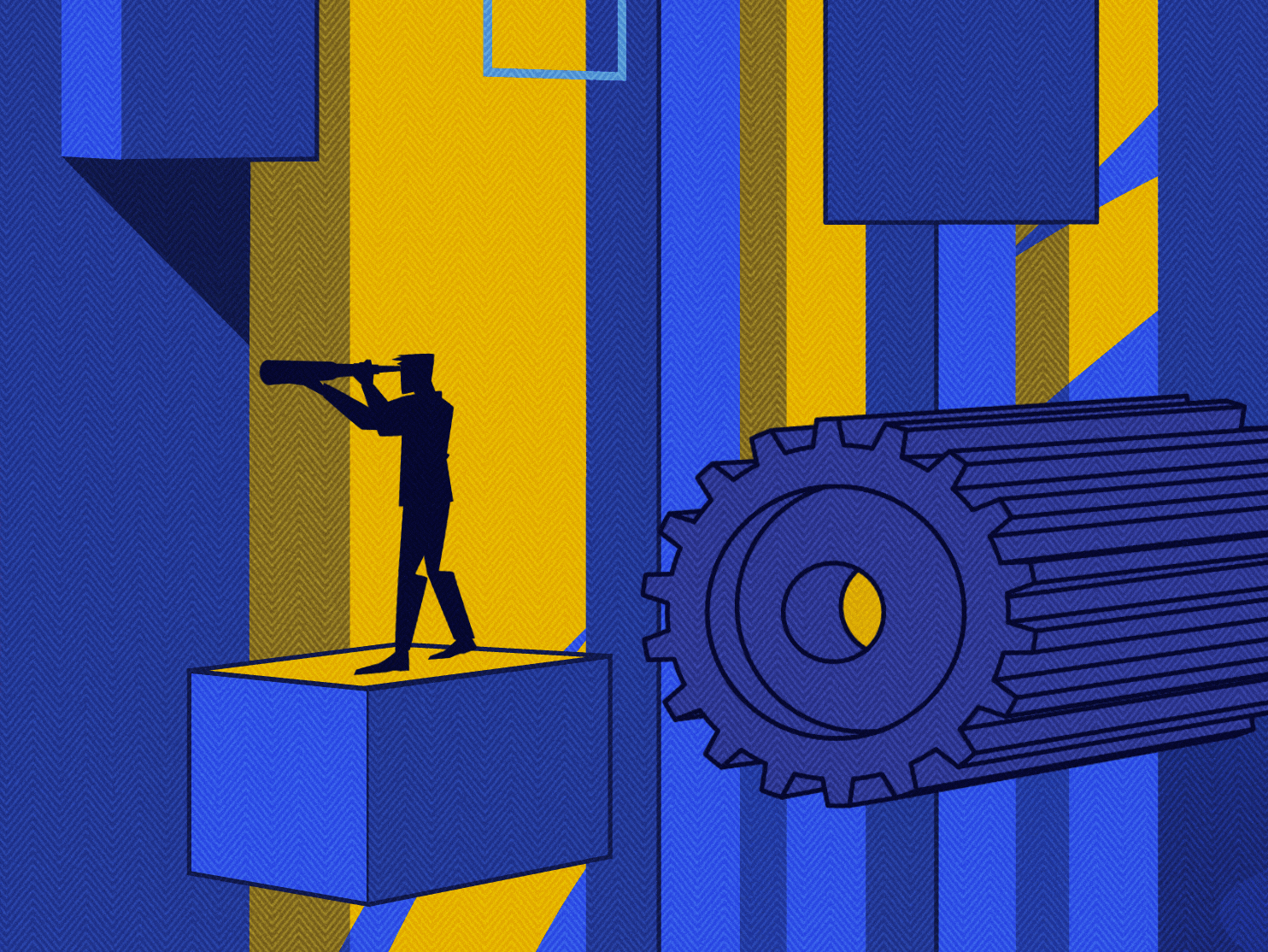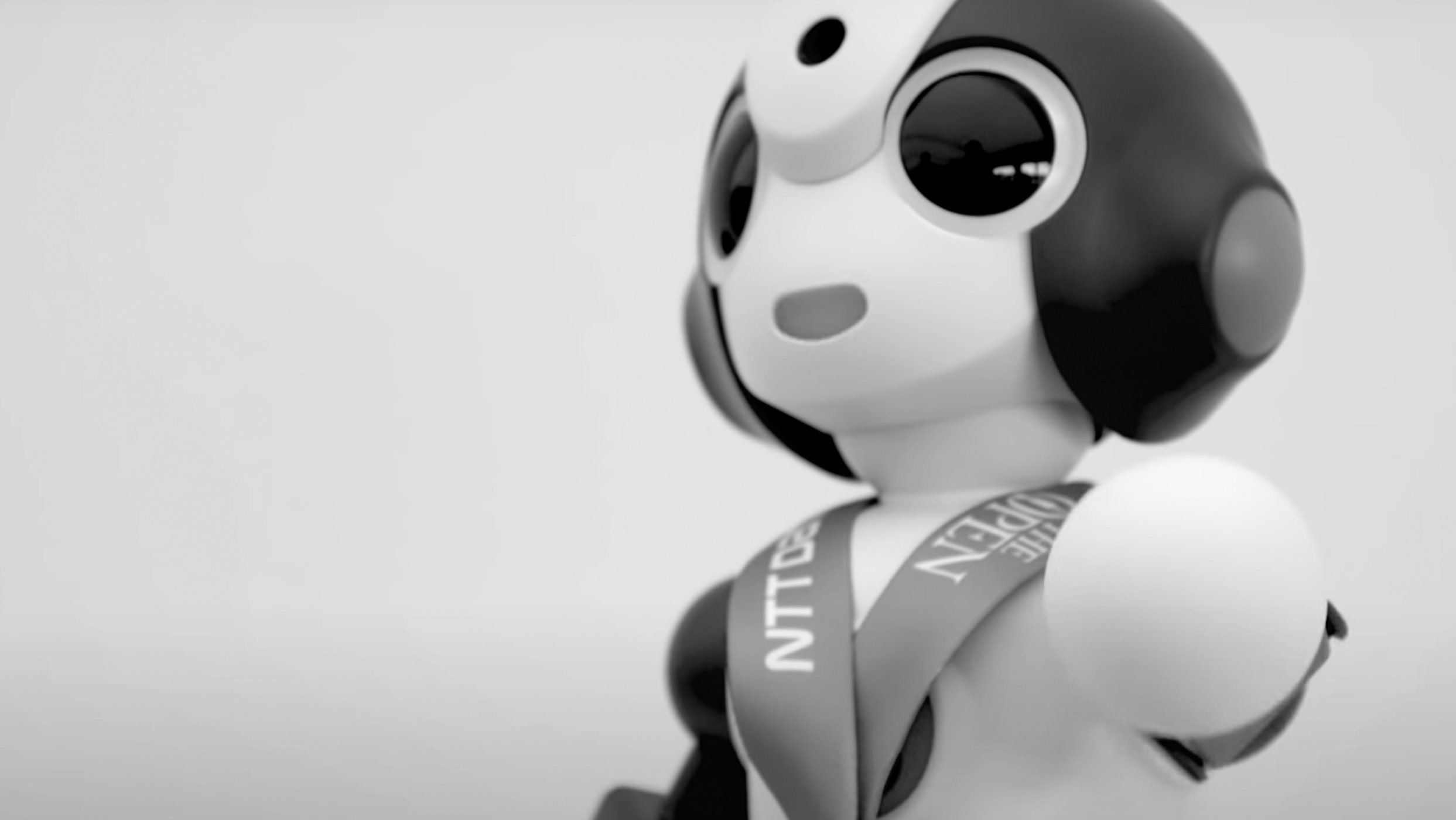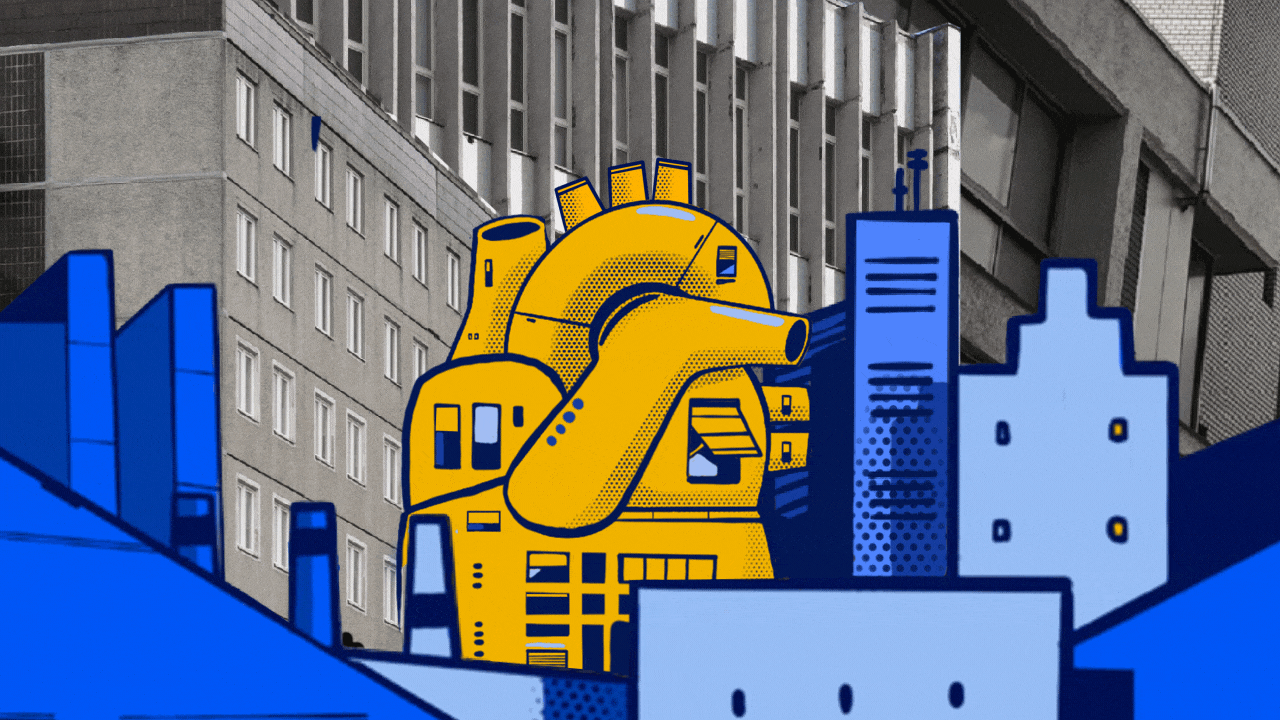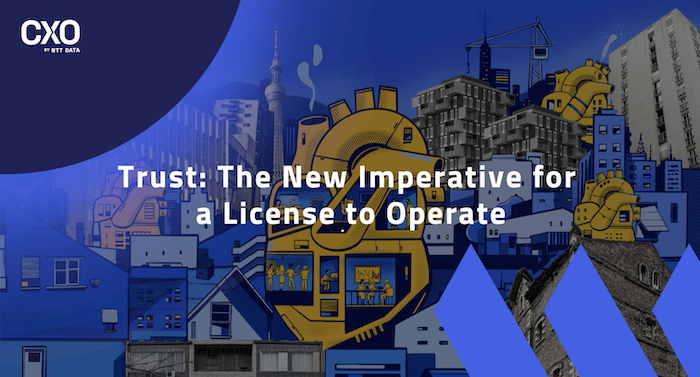
From sales to usage, CSAT to NPS, customer experience organizations have traditionally existed in a sea of shifting priorities as both the business and society develop. And that is unlikely to change anytime soon: as those closest to the customer, Chief Experience Officers (CXOs) and their teams will always feel those transitions more keenly than the rest of the organization. How then, with the expectation of constant revolution, can CXOs build durable processes that allow their teams to increase in both efficacy and expertise?
Creating a behavior-first mindset
The answer comes in two parts. The first is in recognizing that the name of the function is itself misleading. CXOs are not actually responsible for customer experience; they are responsible for customer behavior. We can throw all the Likert scales in the world at customers to try to understand their cognitions and emotions but in reality, all we really have access to is what they observably do. As I frequently joke when teaching: I don’t know what love is… but I want you to show me!
When we say we want customers to love our products, we mean something specific but aren’t articulating it. Do we mean using the product? Recommending it? Rebuying it? Reviewing it? All of those are behaviors associated with loving a product, and it is our job as CXOs to work directly with the rest of the leadership team to understand which of those behaviors drive our business and operational model.
Creating a behavior-first mindset means more easily being able to shift what behaviors we are focused on without losing momentum; it is steering, not stopping.
This recognition of behavior as outcome is an important part of building a CX organization capable of weathering changes in the market. Creating a behavior-first mindset means more easily being able to shift what behaviors we are focused on without losing momentum; it is steering, not stopping.
Why then is experience in the name of the function? Because experience is the intervention space within which we cause behaviors to occur. And this leads us to the second part of the answer: using science-informed processes to achieve our behavioral outcomes.
The science of successful customer experience
Science is the most beautiful thing humans have ever designed; it is an organized process for reliably creating change in dynamic environments at scale. And it is simple enough for even young children to understand; we teach it in every school!
Even where user research and data analytics departments exist, their outputs are often used simply to contextualize CX decisions, rather than integrated into a design process that allows for the discovery of scalable solutions. In order to take the CX function forward, CXOs need to become applied behavioral scientists.
Yet scientific methods are rarely used in business. Even where user research and data analytics departments exist, their outputs are often used simply to contextualize CX decisions, rather than integrated into a design process that allows for the discovery of scalable solutions. In order to take the CX function forward, CXOs need to become applied behavioral scientists and build their organizations around durable processes that create change.
As an example, consider the behavioral statement – a tool we use to be more precise in our articulations about what behaviors we want to change. We usually use the following format:
When [TARGET AUDIENCE] who [LIMITATIONS] want to [MOTIVATION], they will [BEHAVIOR] (as measured by [DATA]).
Even if the variables within the statement shift to meet the needs of the business, having a template and the expertise to use it effectively allows for the CX organization to grow. CX strategists, who are generally responsible for the creation and maintenance of behavioral statements, can more effectively orchestrate their connection to business needs when they are using a common language to communicate.
The vernacular of behavioral archetypes
Another good example is moving away from personas and toward behavioral archetypes. For any behavior, everyone falls into one of five categories: Always, Never, Sometimes, Started, Stopped.
With Uber, for example, you either always use Uber, never use Uber, sometimes use Uber, have started using Uber more, or have started using Uber less. These categories are MECE: Mutually Exclusive, Collectively Exhaustive.
And just like behavioral statements, they give us a solid vernacular that CX teams can use to stay aligned throughout the behavior change process. Even if the behavior shifts to ordering food instead of riding in the back of cars, behavioral archetypes are a durable framework that allow people to build and carry over expertise.
This doesn’t imply that we should simply eliminate existing teams and start over. Within every business operating at scale today, there are people who have expertise in strategy, quantitative and qualitative research, design, and experimentation. The key is in shifting them to a behavioral mindset and then organizing them into a repeatable process. This is more often about reorgs and upskilling than it is hiring entirely new teams.
And it starts with CXOs, who must begin to see themselves as applied behavioral scientists and act accordingly. That may mean taking an introductory stats course so that they can more effectively manage quantitative researchers, or participating in user research so they can understand how qualitative insights are derived. It certainly means changing their relationship to their peers on the leadership team, pushing back against OKRs and KPIs that focus on measuring operations and prioritizing measures that reflect behavioral outcomes.
By creating flexible processes based on fundamental principles about how humans behave, CXOs can lead their organizations in a direction that minimizes the disruption of changes and activates the excitement that comes with human curiosity.
We live in an uncertain world but that’s nothing new. By creating flexible processes that are based on fundamental principles about how humans behave, CXOs can lead their organizations in a direction that minimizes the disruption of changes and activates the excitement that comes with human curiosity as we take on new challenges. Solving puzzles is fun, if you feel as though you have the tools to solve them well and are surrounded by others who can help you. Changing employee experience will change their behavior and bring the adaptability that leads to profitability.

